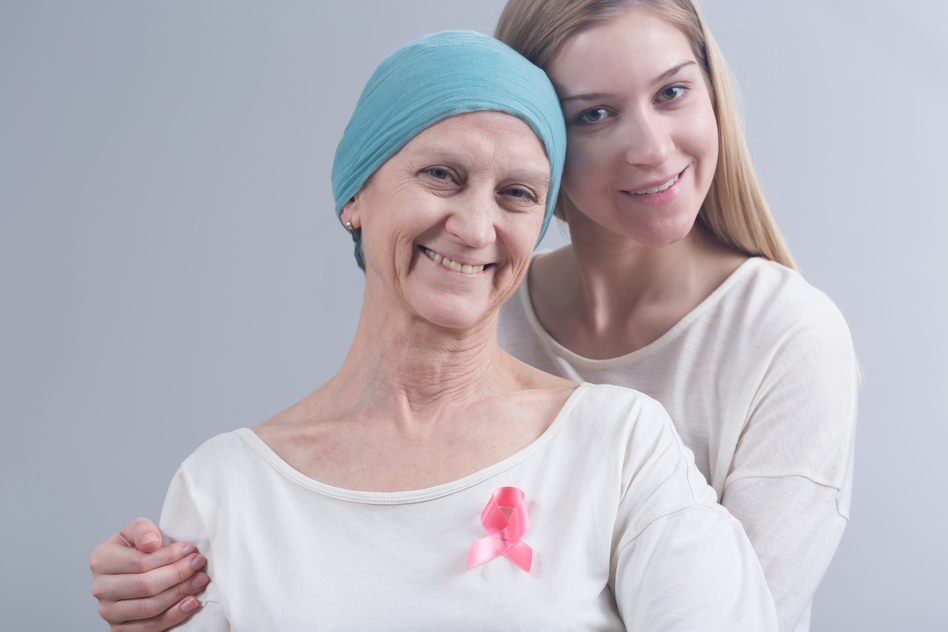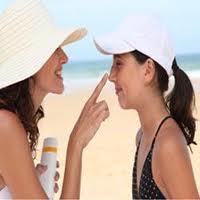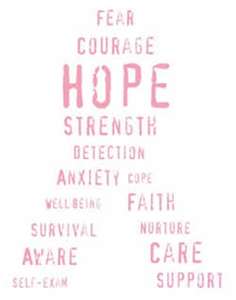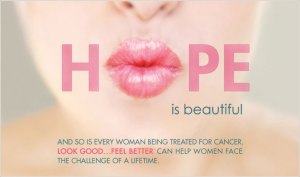
It’s been a long time since I’ve posted anything about oncology esthetics. I was certified in oncology esthetics by Oncology Training International over 4 years ago. Since moving back to Israel in August, 2012 I have been advancing this esthetics field here in Israel where it is virtually unknown. This past summer I started a Facebook page in Hebrew about oncology esthetics in order to better serve the Israeli population since there are few resources in Hebrew on this subject.
My last post about oncology esthetics was about how estheticians can help cancer patients. In an even earlier post I shared skincare tips for cancer patients. In this post I am privileged to share skincare tips for cancer patients that Dr. Ava Shamban shared with me. Dr. Shamban is a Beverly Hills dermatologist and the creator of the skincare line SkinxFive. She’s also the author of one of my favorite books about skincare called Heal Your Skin which includes a chapter all about caring for your skin during cancer treatment. You can read my review of her book here.
I’m sharing Dr. Shamban’s advice here along with some added comments of my own. My comments are in italics.
The Skin Side Effects of Cancer Treatment:
How cancer treatment affects your skin (hair and nails) will depend on your individual physiology and the drugs you’re receiving. Side effects can occur right away or within several days, weeks, or even months of treatment. Always remember your mantra: take heart! There are ways to cope with even the most severe skin complaints.
Acneiform Rash (Follicular Eruption)
When you are treated with chemotherapy drugs that target the EGFRs you can develop a skin reaction known as acneiform (or acne-like) rash. It can look and feel like severe teenage acne, but it can erupt everywhere.
This skin reaction can look so similar to acne that you might be inclined to want to treat it with strong anti-acne ingredients, but this would be a mistake because your skin can be very sensitive at this time. If you are confused about how to treat this skin condition be sure to talk to your oncologist or an esthetician trained in oncology esthetics about safe solutions to heal your skin.
What to do: Acneiform can be tender, burning, and itching. If the rash is mild, you can try an over-the-counter low-strength salicylic acid or benzoyl peroxide preparation followed by a moisturizer that contains ceramides. If the rash doesn’t respond within a short period, ask your doctor about using a topical or an oral prescription antibiotic to relieve the symptoms and lessen the severity of the rash.
Ceramides are an oily wax that is found in the outer layers of our skin. They are naturally found in our skin and play an important role in helping our skin retain moisture by being part of the “glue” that keeps skin cells together. When ceramides are depleted our skin has trouble staying moist and can be prone to not only dryness but sensitivity as well. You can find ceramides in Curel products and in CeraVe Moisturizing Lotion.
Dryness
Extreme dryness is the most frequent skin complaint among patients in cancer treatment. Dehydration, extreme weather conditions, perfumed products, and allergies can contribute to dryness.
What to do: The best way to treat your dry skin is to use moisturizers regularly; Ceramides are a particularly valuable ingredient; they replace a skin lipid that chemotherapy specifically diminishes. Take a short shower or bath, then pat your dry skin with a soft towel and apply a moisturizer immediately. Use only mild, non-perfumed, non-deodorant soaps such as Dove, Basis, Aveeno, or Neutrogena. Wear cotton clothes next to the skin rather than wool, synthetic fibers, or rough clothing. Always wash clothing in a mild detergent and avoid any products that contain perfume, such as bubble baths, soaps, and lotions.
Caution: if you are receiving radiation treatments, do not apply anything to the skin in the treatment area without clearing it with your medical team first. Many common ointments and moisturizers, while nonirritating, may interfere with the ability of the radiation to penetrate the skin and do its work.
Nail Changes
Changes to your nails will depend on the treatment you receive. They are usually temporary, although the nails may take longer to repair themselves than the hair and other skin nails. Nail toxicity can occur weeks or months after you’ve begun a targeted treatment, and it often persists for weeks or months after stopping the drug.
What to do: Nail changes often disappear when the damaged nail is replaced by the growth of a new nail. Good nail care during your treatment can help you to avoid or diminish the severity of side effects.
- Moisturize the nails and cuticles daily with a nonirritating balm, such as petroleum jelly. You can also use lip balm to soften the cuticles.
- Do not trim or push back your cuticles. The seal they provide around the nail plate prevents infection.
- If your nails begin to separate or show signs of breakage, try to keep them in place as long as possible. Even when loosened or shortened, they provide protection for the nail bed.
- Inflammation can be treated in a variety of ways by your oncology team, such as by the use of topical antibiotic, an antifungal, or a cortisone cream. Wrapping the treated area with a bandage or clear plastic wrap (such as Saran Wrap) will help the ointment to penetrate the area. Some also find it helpful to apply a liquid bandage to the area at the first sign of any cracking skin.
Tips for dealing with hair loss
Keep in mind that you will need to take special care of your scalp. The skin on your head, neck, and forehead will suffer from the same dryness, propensity to irritation, and increased vulnerability to sun damage as the rest of your skin during cancer treatment. In fact, it may be quite tender. Here are some tips for dealing with hair loss:
- My patients recommend using with hazel or a gentle baby shampoo to cleanse the scalp. Massaging the scalp gently with the fingertips can be soothing.
- Don’t wear a wig or any other hair covering for too long a period in hot weather. Sweat can build up on your scalp and become very irritating.
- There are many different options for wigs: real hair, synthetics, different hair colors. The most important aspect is the fabric of the skullcap.
- Choose soft, natural, and breathable fabrics like cotton jersey for anything you wear on your head.
Rejuvenating Skin During Cancer Treatment:
- Do not do extractions, exfoliation, or other procedures that might damage fragile skin.
- Use only the mildest products that are free of irritants and potential allergens.
- If your oncologist permits professional facials, have them performed in your dermatologist’s office by a licensed aesthetician working under strict sanitary conditions.
Always tell your dermatologist or aesthetician that you are undergoing cancer treatment before scheduling facials or other cosmetic treatments.
In addition to Dr. Shamban’s excellent tips, I want to share a few blogs and articles I came across recently. The blogs and articles all deal with how to look your best while undergoing cancer treatment. I am a very strong believer in the mind-body connection. When you like, or love, the way you look, it lifts your spirit. Since cancer treatment can cause many negative appearance side effects I find these blogs and articles helpful in giving assistance and hope to those who need it during a difficult time in their life.
So in no particular order I want to recommend the following blogs and article:
- Beauty Despite Cancer – this UK site sells products that cancer patients need and has a great blog with real life stories that will inspire you.
- Someone With – an American website similar to the site mentioned above. They sell clothes, beauty, and health products for cancer patients.
- Leo with Cancer – a very personal blog by Dena who has breast cancer. Lots of beauty tips along with her raw and honest thoughts about her cancer treatment and its side effects.
- Beauty Products for Breast Cancer Patients has great tips for looking your best during cancer treatment from the perspective of someone who has been there.
- My Cancer Chic came out of Anna’s need to look her best even while undergoing cancer treatment. She not only shares her feelings about her cancer journey but beauty and hair tips as well.
- In this moving article Deanna talks about how drastically her appearance changed while undergoing cancer treatment, especially after she lost her eyebrows. That experience lead her to help develop a replacement brow.
I have a Pinterest board just for oncology esthetics. Feel free to follow it.
And many thanks again to Dr. Shamban for sharing her skincare tips for cancer patients with me and my readers!







Recent Comments